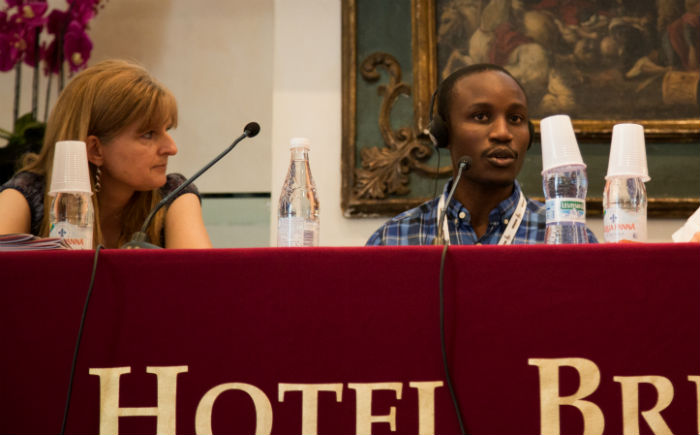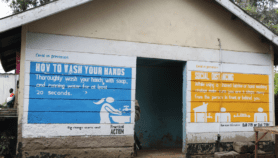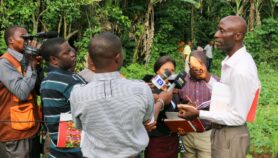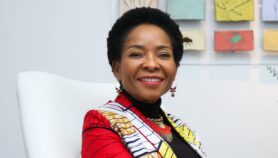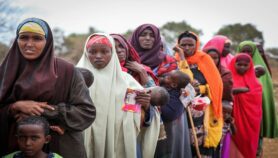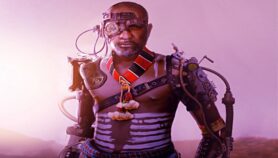By: Lou Del Bello
Send to a friend
The details you provide on this page will not be used to send unsolicited email, and will not be sold to a 3rd party. See privacy policy.
When first I heard the term “helicopter journalism” I thought it referred to the trend of reporting using drones.
Actually it refers to a completely different practice, albeit one that shares some characteristics of drone footage. Aerial filming creates striking yet accessible images of a place — a slum, a forest, a desert — showing only its most impactful features. And it’s the same with helicopter journalism: it’s a derogatory term for reporting that lacks depth.
In a panel discussion held at the 15th International Journalism Festival in Perugia, Italy, journalist Tolu Ogunlesi from Nigeria used the term to describe the way Western media often approach and represent the developing world.
“Journalists don’t have the time to get closer and understand the communities they are reporting on. They just land somewhere, cover the big story from a distance and dash off,” he said. “They inevitably miss the details.”
This means Africa becomes seen as just a place of famine, poverty and disease.
Though any local story, anywhere in the world, could be subject to the same treatment, the problem is particularly serious in under-reported areas such as Africa.
“Do you speak African?” or “What’s the African flag?” are among the questions that a group of African students in the United States were tired of being asked. The campaign they launched to combat these and other stereotypes illustrates how the problem is still present in the West.
But during my stay in Perugia I spoke with several African and Africa-based journalists, and they all agreed that, if the continent has been and still is misrepresented by Western media, things are changing — mainly because of the power of social media and other new online media.
I organised a panel discussion to talk about how Western and African media dealt with the Ebola outbreak in West Africa. I invited Lawal Bakare, a Nigerian health entrepreneur who is exploring the use of social media in public health, to speak about his initiative Ebola Alert. He wanted to combat rumours and dispel myths that were rife in the region during the outbreak, using the fastest medium available, Twitter. He created the @EbolaAlert handle and got the endorsement of a board of trusted scientists and health institutions such as the WHO and Médecins San Frontières. This way the channel would stand out from the other Twitter streams spreading unverified information or dangerous rumours about Ebola.
Starting with local people as a primary audience, the channel’s impact rocketed after Ebola reached the United States, becoming a global platform with almost 68,000 followers.
I think Ebola Alert is a good example of how the smart use of social media can topple the helicopter journalism canon, enabling local voices to be heard globally.
Currently, stereotypes and political and economic instability still stand in the way of a fairer representation of Africa in the global media. “Assuming there was a global table of influence, we wouldn't be sitting there,” Ogunlesi admited. “Our influence on the media is small also because our economic power on the global scene is very reduced.”
But from what I saw in Perugia, change is slowly gaining momentum. In a media landscape where there is no space for nuance, Ogunlesi believes that new media can help radically change the mainstream narrative about Africa.
Social media are giving us power to show the reality of each African country in detail, he said.
This article was originally published on SciDev.Net's Global Edition.


